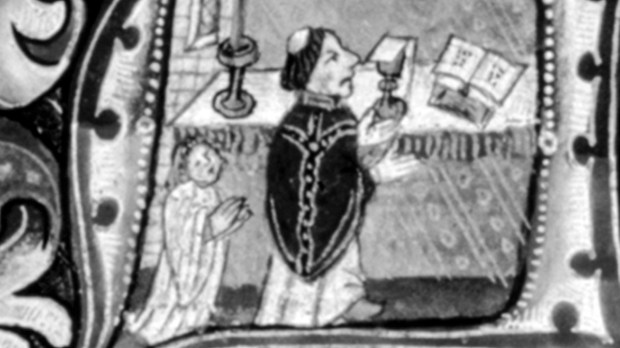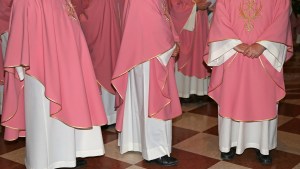While Catholics frequently associate the color violet with the season of Advent, it was not always the case. In fact, for a few centuries in the Middle Ages the color black was most often worn during Advent.
According to the 19th century book, Notes on the history of the liturgical colours, black was in use by the 12th century and lasted until the 15th century.
In [Pope] Innocent III’s time [1198-1216]black was the color for Advent at Rome up to Christmas Eve. Durandus who lived a century later than Innocent III gives violet, while Radulphus Dean of Tongern who died in 1403 says that black was used at Rome in his day. This well shows that black and violet were considered to be liturgically synonymous.
This was not reserved to Rome, as black was used during Advent in places such as Monte Cassino and the Benedictines, until the 16th century.
Historically black was associated with mourning, penance, and death. Advent was seen as a season of intense spiritual preparation, dying to ourselves, so that we may be “reborn” at Christmas. It also reflected the idea that the world was in darkness before the coming of Jesus at Christmas.
In the 1904 edition of The American Ecclesiastical Review, the author explains why black was later replaced by violet.
Black is a negation of color and peculiarly expressive of sadness. In Sacred Scripture misfortunes of every kind are connected with the idea of darkness. Thus black in the Church became symbolic of evil and adversity, both physical and spiritual. It is for this reason that down to the thirteenth century it was used during seasons of affliction and penance. But since sin the only true misfortune in the spiritual life does not absolutely exclude the light of grace, violet took the place of black, which was retained in the Liturgy only on Good Friday.
Violet eventually replaced black for Advent, still reflecting a period of penance, but was not as stark a color as black.



